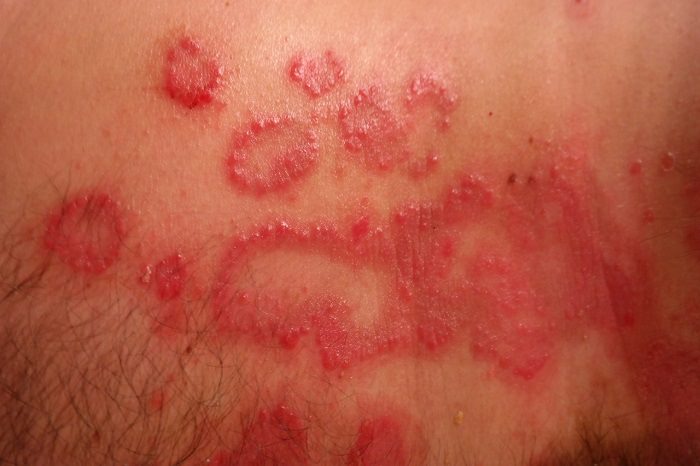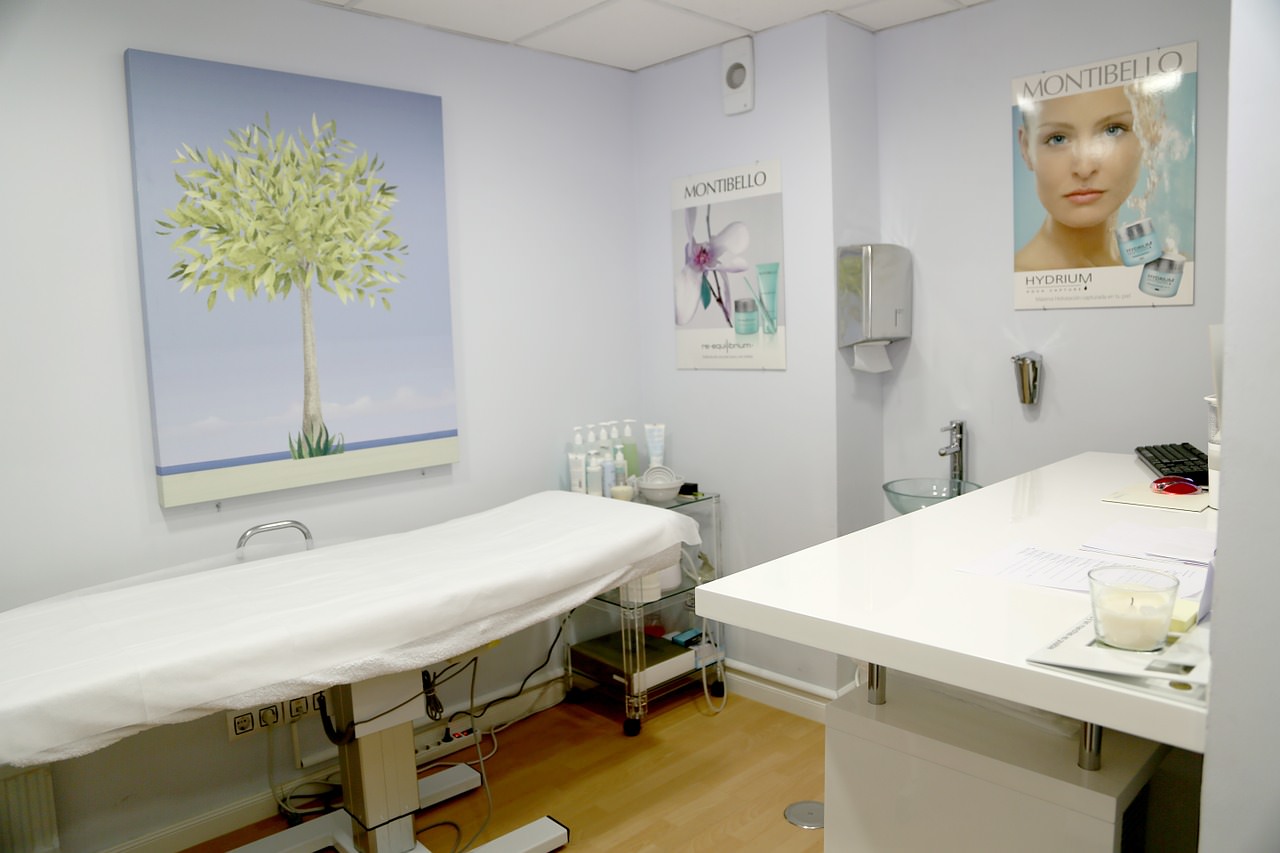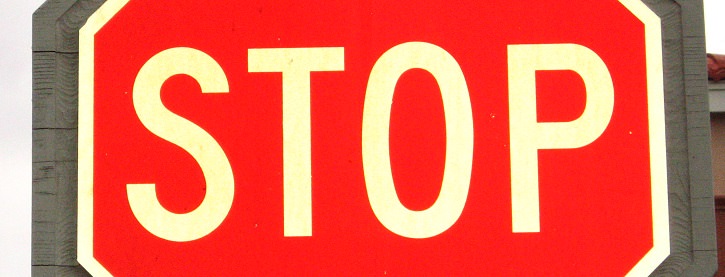Astrology-driven and empowered health tips from Astrologer Vighnesh
-
Home Remedies for ITCHING ITCHING Itching can be best described as a peculiar tingling or uneasy irritation of the skin that creates a desi...
-
Home Remedies For Hair loss In general, hair loss is a condition that reflects the level of health of the person, although not a dangerous d...
-
Home Remedies for DROOLING ---THROAT OBSTRUCTION DROOLING DURING SLEEP / THROAT OBSTRUCTION Drooling during sleep may occur for a variety o...
Search This Blog
Blog Archive
-
►
2008
(36)
- ► 9 Mar - 16 Mar (5)
- ► 16 Mar - 23 Mar (14)
- ► 23 Mar - 30 Mar (17)
-
►
2009
(3)
- ► 8 Feb - 15 Feb (1)
- ► 11 Oct - 18 Oct (2)
-
►
2010
(2)
- ► 25 Jul - 1 Aug (1)
- ► 22 Aug - 29 Aug (1)
-
►
2012
(3)
- ► 1 Jul - 8 Jul (2)
- ► 16 Sep - 23 Sep (1)
-
►
2013
(20)
- ► 6 Jan - 13 Jan (2)
- ► 20 Jan - 27 Jan (1)
- ► 12 May - 19 May (1)
- ► 13 Oct - 20 Oct (4)
- ► 20 Oct - 27 Oct (1)
- ► 10 Nov - 17 Nov (1)
- ► 8 Dec - 15 Dec (1)
- ► 15 Dec - 22 Dec (3)
- ► 22 Dec - 29 Dec (6)
-
►
2014
(2)
- ► 30 Mar - 6 Apr (1)
- ► 28 Dec - 4 Jan (1)
-
►
2015
(21)
- ► 4 Jan - 11 Jan (4)
- ► 11 Jan - 18 Jan (5)
- ► 18 Jan - 25 Jan (2)
- ► 25 Jan - 1 Feb (1)
- ► 1 Feb - 8 Feb (2)
- ► 15 Feb - 22 Feb (1)
- ► 1 Mar - 8 Mar (1)
- ► 8 Mar - 15 Mar (2)
- ► 22 Mar - 29 Mar (1)
- ► 1 Nov - 8 Nov (1)
- ► 15 Nov - 22 Nov (1)
-
▼
2017
(135)
- ► 12 Mar - 19 Mar (1)
- ► 28 May - 4 Jun (1)
- ► 4 Jun - 11 Jun (2)
- ► 25 Jun - 2 Jul (17)
- ► 2 Jul - 9 Jul (20)
- ► 9 Jul - 16 Jul (12)
- ► 16 Jul - 23 Jul (14)
- ► 23 Jul - 30 Jul (6)
-
▼
30 Jul - 6 Aug
(9)
- High Blood Pressure Causes * Blood pressure can...
- 15 Healthy Facts And Uses For Lemons Lemo...
- A Guide to Understanding Psoriasis! What is P...
- () 1.treat () 1000 ganesha ()
- 8 Flexibility Exercises for Pain Relief! No ...
- No wonder in the olden days BP probloem was neve...
- Did You Know That Your Body Has Its Own Clock? ...
- Why walk is necessary?Good Information! Ever wo...
- The Ins and Outs of Collagen! Collagen is a h...
- ► 6 Aug - 13 Aug (1)
- ► 20 Aug - 27 Aug (5)
- ► 27 Aug - 3 Sep (3)
- ► 29 Oct - 5 Nov (3)
- ► 5 Nov - 12 Nov (1)
- ► 12 Nov - 19 Nov (3)
- ► 19 Nov - 26 Nov (3)
- ► 26 Nov - 3 Dec (7)
- ► 3 Dec - 10 Dec (6)
- ► 10 Dec - 17 Dec (10)
- ► 17 Dec - 24 Dec (7)
- ► 31 Dec - 7 Jan (4)
-
►
2018
(77)
- ► 14 Jan - 21 Jan (6)
- ► 21 Jan - 28 Jan (1)
- ► 28 Jan - 4 Feb (5)
- ► 4 Feb - 11 Feb (1)
- ► 11 Feb - 18 Feb (2)
- ► 18 Feb - 25 Feb (1)
- ► 11 Mar - 18 Mar (3)
- ► 25 Mar - 1 Apr (1)
- ► 17 Jun - 24 Jun (2)
- ► 12 Aug - 19 Aug (4)
- ► 26 Aug - 2 Sep (12)
- ► 2 Sep - 9 Sep (14)
- ► 9 Sep - 16 Sep (8)
- ► 16 Sep - 23 Sep (3)
- ► 23 Sep - 30 Sep (4)
- ► 18 Nov - 25 Nov (2)
- ► 2 Dec - 9 Dec (2)
- ► 16 Dec - 23 Dec (1)
- ► 23 Dec - 30 Dec (5)
-
►
2019
(31)
- ► 6 Jan - 13 Jan (1)
- ► 30 Jun - 7 Jul (1)
- ► 28 Jul - 4 Aug (1)
- ► 10 Nov - 17 Nov (11)
- ► 24 Nov - 1 Dec (5)
- ► 1 Dec - 8 Dec (1)
- ► 8 Dec - 15 Dec (4)
- ► 15 Dec - 22 Dec (2)
- ► 22 Dec - 29 Dec (4)
- ► 29 Dec - 5 Jan (1)
-
►
2020
(8)
- ► 5 Jan - 12 Jan (4)
- ► 19 Jan - 26 Jan (2)
- ► 26 Jan - 2 Feb (2)
Powered by Blogger.
Labels
Dr.Vighnesh Astro/Pandit
Followers
-
Text Widget
Copyright ©
Health Tips from Astrologer Vighnesh | Powered by Blogger
Design by FlexiThemes | Blogger Theme by Lasantha - PremiumBloggerTemplates.com | Best Gadgets | Distributed By Gooyaabi Templates









